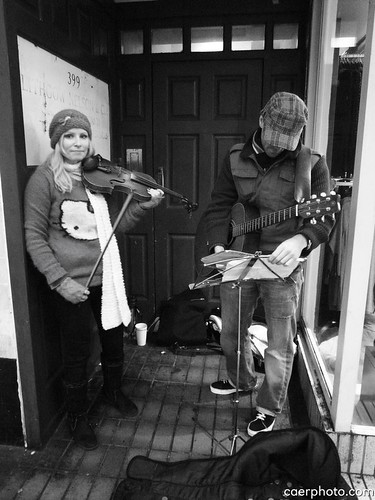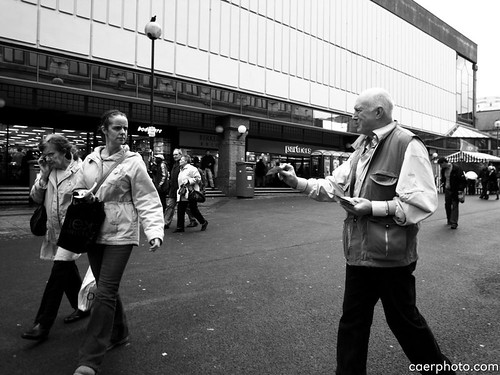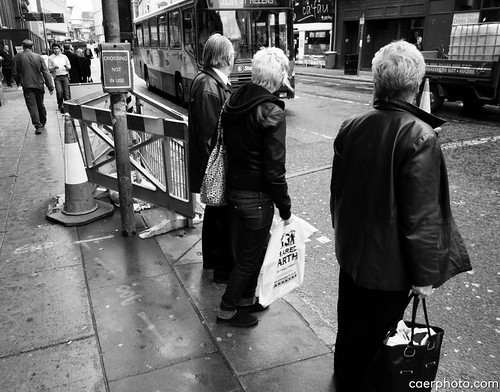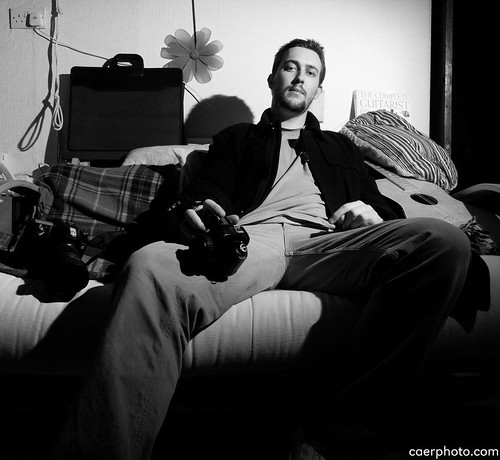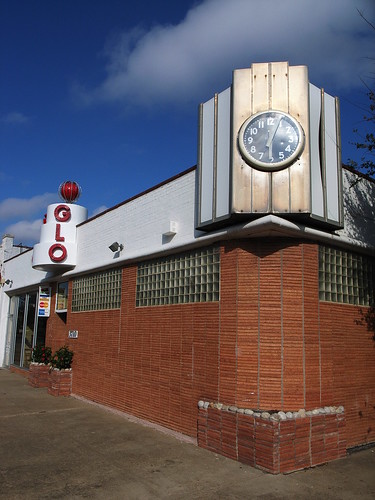Hello all, just popping in to say hi, having got here from the Ricoh forum on DPR.
Only got my GRD2 a couple of days ago, and the weather's been awful lately so I've not had a chance to give it a good workout. On top of that, I'm just not comfortable with the 28mm lens yet, having been using the equivalent of 43mm on my Pentax *ist DS for street shooting. It's going to be an interesting and challenging experience getting used to the wider view, and I look forward to it.
So yeah, here's a few pictures I took in the past couple of days:
1/40, f/2.4, ISO 800. Larger version
here.
1/100, f/2.4, ISO 100. Larger version
here.
1/80, f/2.4, ISO 100. Larger version
here
1/160, f/5, ISO 80. Larger version
here. This one was lit with an off-camera flash triggered by one of those cheap Gadget Infinity radio triggers. Usually I do this sort of thing with my Pentax K10D so it'll be interesting to compare that with the GRD2. Also, since the GRD's got an electronic shutter, the it ought to be able to sync at some nice fast speeds, which should be handy if/when I do some outdoor skateboarding/bmx shoots.
All these photos were processed in
Raw Therapee, a freeware raw developer. The B&W is courtesy of the JFI B&W Film profiles (the Tri-X one, specifically) that Sean seems to like quite a bit

✄----------
Andy Farrell,
http://www.flickr.com/caerphoto
